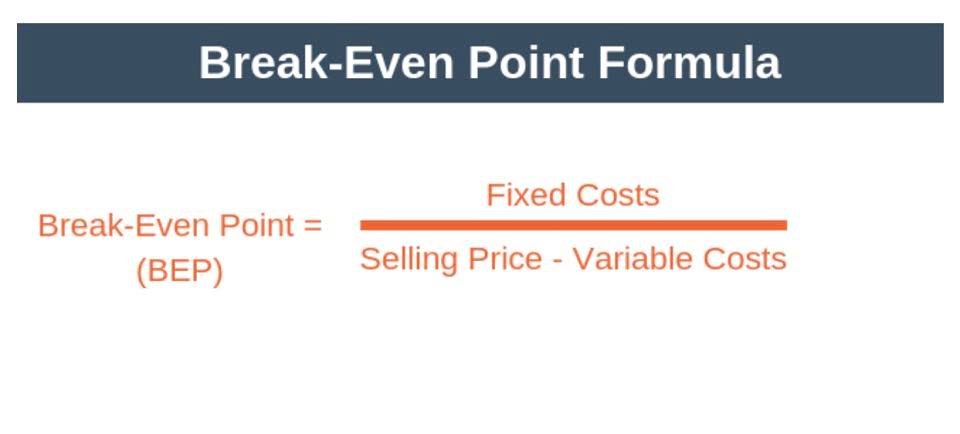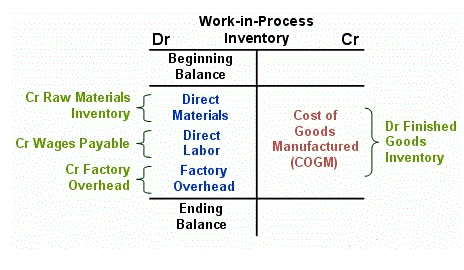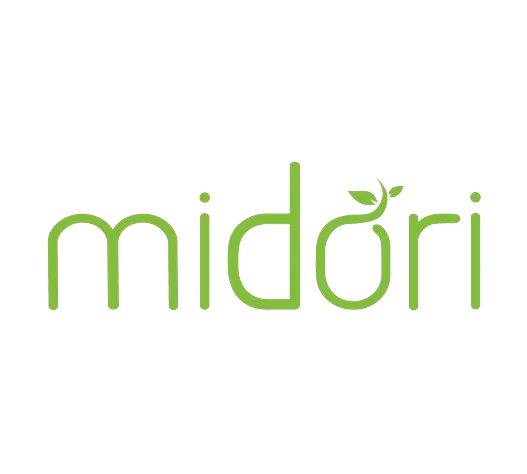
The deduction allows eligible taxpayers to deduct up to 20 percent of their QBI, plus 20 percent of qualified real estate investment trust (REIT) dividends and qualified publicly traded partnership (PTP) income. Income earned through a C corporation or by providing services as an employee is not eligible for the deduction. For more information on what qualifies as a trade or business, see Determining your qualified trades or businesses in the Instructions for Form 8995-A or Form 8995. H and W file a joint return on which they report taxable income of $330,000, of which $300,000 is ordinary income from H’s interest in an S corporation that is a specified service trade or business.
- Use as many copies of the worksheet as necessary to separately track your suspended loss(es) under each suspending provision.
- The $70,000 basis in the land is excluded from the QBID calculation because it is not depreciable.
- Sec. 199A will expire in 2026 absent congressional action to extend it (Sec. 199A(i)).
- Once you calculate your Qualified Business Income, the next step is to check the income limits and thresholds.
- Therefore, any amounts reported onForm W-2, box 1, other than amounts reported in box 1 if “Statutory Employee” on Form W-2, box 13, is checked, aren’t QBI.
- Allocate prior year suspended losses allowed from column C, row 2, up to the total suspended losses reported in column A, row 1, to column F, row 2.
Prior Year Suspended Losses Allowed in 2018
Much of the Sec. 199A deduction’s complexity comes from congressional concerns of potential abuse. Undoubtedly, more administrative guidance will be issued to further define and clarify the law’s parameters (e.g., cloudy areas such as “reputation and skill” and definitions of specified service trades or businesses). Until then, CPAs reading this article have a general idea of how the rules’ mechanics will apply to most taxpayers, and CPAs can be of great service in explaining how these rules affect individual taxpayers and offer opportunities for tax planning. For rows 1 through 7, enter your suspended losses by year starting with any pre-2018 losses.

Understanding (and Maximizing) the Qualified Business Income Deduction (QBID)
To apply this rule, prior year suspended losses allowed must first be allocated to any losses suspended from 2017 and earlier, until the pre-2018 loss (row 1) are exhausted. All prior year suspended losses allowed allocated to pre-2018 years are Non-QBI. Once all pre-2018 losses trial balance have been used, losses will be allocated based on the QBI Fixed Percentage in column B for each subsequent year in which losses were suspended. For rows 2 through 7, enter any prior year suspended losses allowed in the corresponding row for the year allowed.

Qualified Business Income Deduction Simplified Computation
Sec. 199A will expire in 2026 absent congressional action to extend it (Sec. 199A(i)). You are not required to provide the information requested on a form that is subject to the Paperwork Reduction Act unless the form displays a valid OMB control number. Books or records relating to a form or its instructions must Bookstime be retained as long as their contents may become material in the administration of any Internal Revenue law.

He has a strong financial background in construction, technology, consulting services and risk management. He also knows what it takes to create organizations having built teams, grown companies and designed processes for financial analysis and reporting. Stable Rock Services LLC (“Stable Rock Services”) has purchased the non-attest business of Rosenberg & Chesnov CPA’s LLP (“Rosenberg Chesnov CPAs”).
- First, a business of the taxpayer will not be treated as a qualified business, and the income of the business of the taxpayer will not be included in QBI, if the business meets the definition of a specified service trade or business (see below).
- Rosenberg Chesnov CPAs and Stable Rock Services now practice in an alternative practice structure in accordance with the AICPA Code of Professional Conduct and applicable law, regulations and professional standards.
- And while our site doesn’t feature every company or financial product available on the market, we’re proud that the guidance we offer, the information we provide and the tools we create are objective, independent, straightforward — and free.
- These leased individuals will be under the direct control and supervision of Rosenberg Chesnov CPAs, which is solely responsible for the professional performance of audit and attest engagements.
- However, all or a part of the SSTB may be a qualified trade or business if your taxable income is at or below the threshold or within the phase-in range.
- Sec. 199A creates a deduction based on an “artificial” calculation of business income instead of actual economic outlays required for most other business deductions.
Income tax planning and strategy.Filing quarterly and annual taxes.Audit support.General financial and planning advice.Prior to joining the firm in 2015, Jeff was in the private sector where he held senior financial and management positions including Controller and Chief Financial Officer. He has experience across industries, including construction, technology and professional services which gives him a deep understanding of business. He is a diligent financial professional, able to manage the qbid details and turn them into relevant business leading information.
Does QBID reduce the adjusted basis of a shareholder in an S-corp or the adjusted basis of a partner in a partnership?
The qualified business income deduction is worth up to 20% of your taxable business income. But it’s also true that when claiming this pass-through deduction, it can’t add up to more than 20% of your total taxable income. QBI is the net amount of qualified items of income, gain, deduction, and loss from any qualified trade or business, including income from partnerships, S corporations, sole proprietorships, and certain trusts.

Essential Tax Saving Tips for Small Business Owners
Taxpayers between the taxable income thresholds and who are not in a specified service trade or business are subject to only a partial wage and capital limitation. The deductible QBI amount for a business of a taxpayer with taxable income between the thresholds is 20% of QBI, less an amount equal to a “reduction ratio” multiplied by an “excess amount.” If the taxpayer has taxable income above the higher threshold amount, two issues arise in the calculation of the Sec. 199A deduction.
